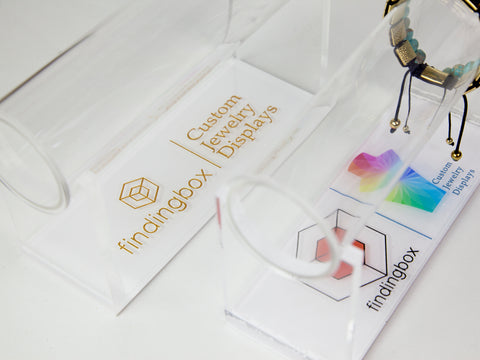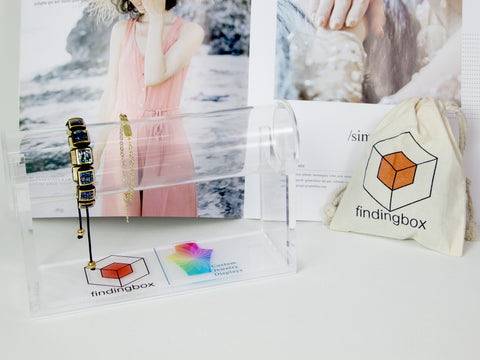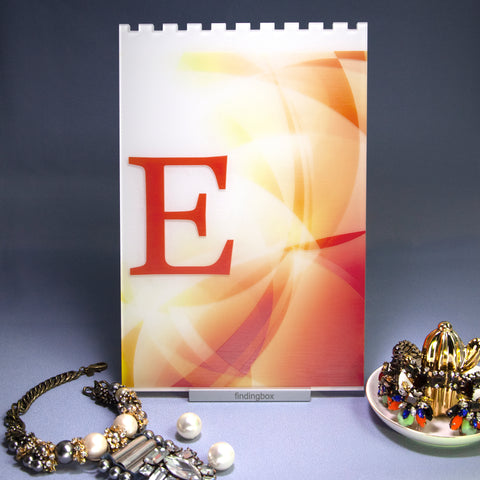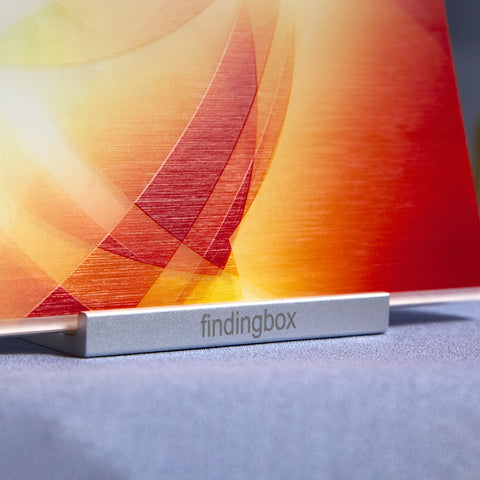
The Evolution of Fashion Jewelry Branding Logos Design

In the glittering world of fashion jewelry, logos serve as more than mere symbols of brand identity; they are reflections of time, embodying the evolution of society, style, and values. These small yet powerful emblems hold the essence of a brand, telling a story that transcends the boundaries of language and culture.
As we embark on this journey through the history of logo design in the fashion jewelry sector, it becomes evident that each logo is a mirror to the era it hails from. From the early 20th century's symbols of luxury and exclusivity to the bold and vibrant expressions of the 70s and 80s, and onto the modern minimalist and technologically infused designs of today, fashion jewelry logos have continually evolved, paralleling the shifting sands of societal trends and consumer preferences.
These logos not only reflect the aesthetic and technological advancements of their times but also encapsulate the changing perceptions of luxury, exclusivity, and identity in the world of fashion. They are a testament to the industry's ability to adapt and flourish, resonating with each new generation's ethos and aspirations.
As we delve into the history and evolution of these logos, we uncover the story of fashion jewelry itself – a tale of beauty, innovation, and the unending quest to capture the spirit of the age.
Historical Perspective on Fashion Jewelry Logos
Early Beginnings
At the dawn of the 20th century, the fashion jewelry industry was not just about crafting exquisite pieces; it was about creating emblems of luxury and exclusivity. This era marked the beginning of a journey where logos became more than mere symbols; they were statements of prestige and sophistication.
Simplicity Meets Elegance
The early logos of renowned brands like Tiffany & Co., Cartier, and Van Cleef & Arpels were masterpieces of understated elegance. These logos, often featuring classic fonts and minimalistic designs, were crafted to convey a sense of timeless luxury. For instance, Tiffany & Co.'s use of a serif font was a nod to tradition and enduring style, while Cartier's elegant script suggested sophistication and royal allure.
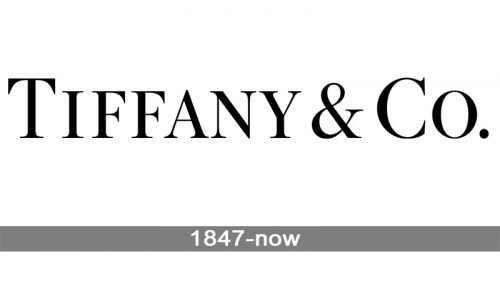

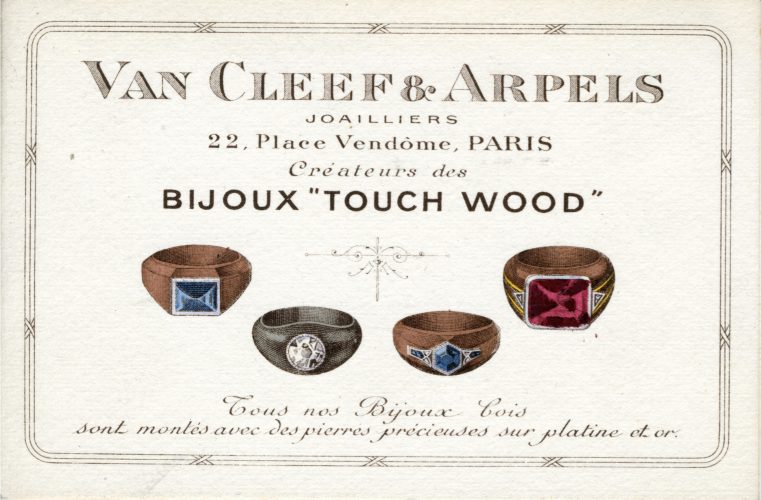
Exclusive Appeal
These logos were not just about the beauty of the design but also about the story they told. They were symbols of a world accessible only to a select few. Each logo, in its refined simplicity, acted as a key to an exclusive club of elegance and high society. The subtlety of these designs was their strength, offering a glimpse into the elite world of luxury jewelry.
Beyond Visual Identity
In this era, a logo was more than a brand identifier; it was a mark of distinction. Wearing a piece from these esteemed brands signified not just a penchant for fine jewelry but also an association with the elite. The logos thus played a crucial role in not just representing the brand, but also in defining the wearer's social standing.
In essence, the early 20th-century fashion jewelry logos were a blend of simplicity and elegance, designed to exude luxury and exclusivity. These logos set the foundation for the evolving narrative of fashion jewelry branding, intertwining elegance with social prestige.
Post-War Influences
The post-war era ushered in a new chapter for fashion jewelry branding. As the world recovered and rebuilt, the jewelry industry witnessed a shift in consumer attitudes and styles. This period marked a transition in logo design, reflecting a blend of traditional elegance and a burgeoning appeal to a broader audience.
Evolving Elegance
In the wake of World War II, brands like Bulgari and Harry Winston began to subtly refine their logos. These changes were not about reinventing their identity but rather about adapting to a new world. Bulgari's logo, for instance, maintained its classic font but evolved to become more pronounced and recognizable. Harry Winston’s logo similarly adapted, balancing its traditional luxury appeal with a modern touch that spoke to a wider, post-war affluent class.
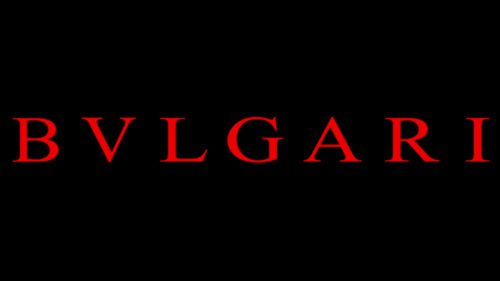
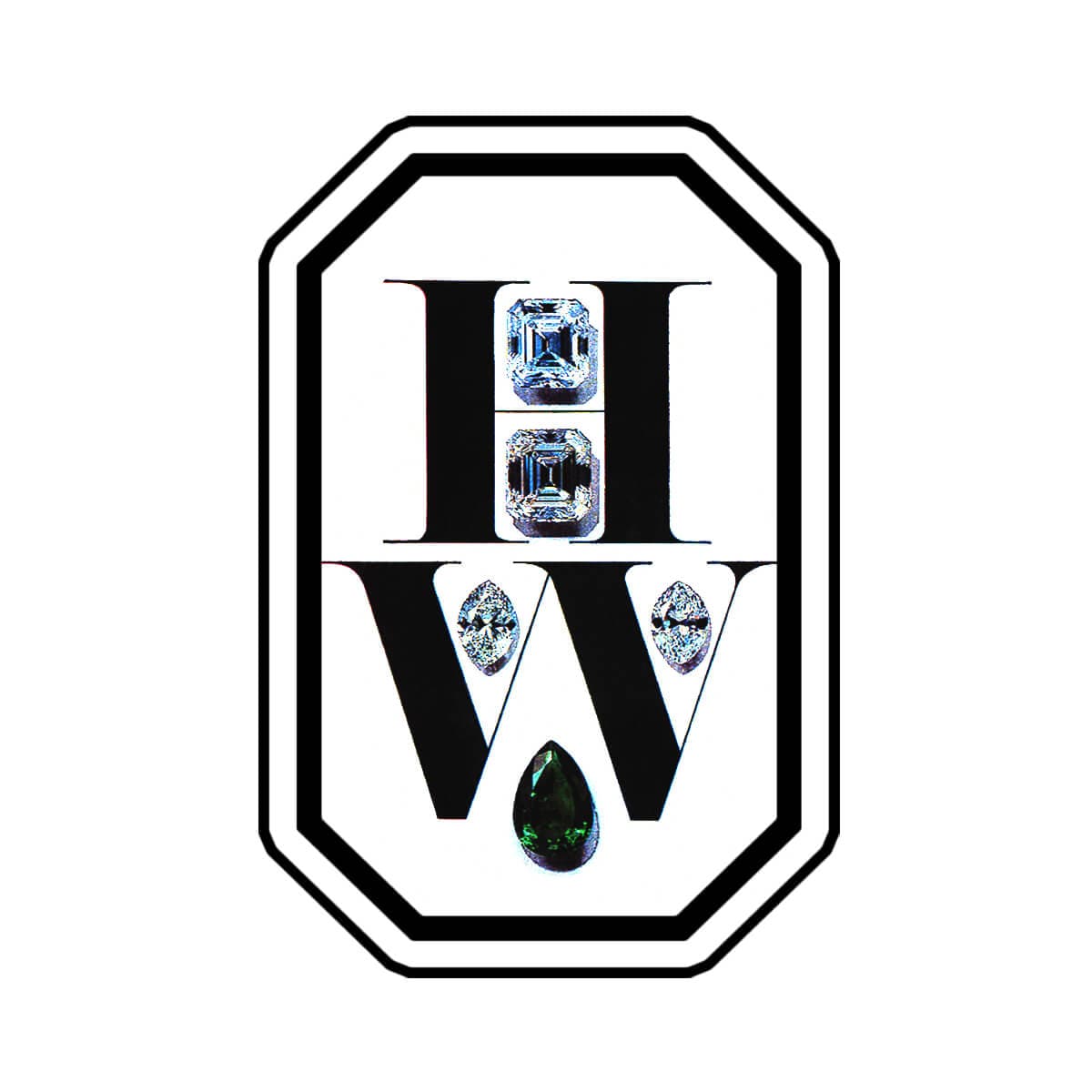
Broadening Appeal
This era was about opening the doors of luxury to more people. The jewelry logos of the time began to capture a sense of accessibility, without compromising their luxurious heritage. The refinement in these logos was a nod to a growing clientele who aspired to be part of the exclusive world that these brands represented.
Symbolism and Storytelling
Logos began to incorporate elements of storytelling and symbolism. They were no longer just emblems of luxury; they started to narrate a story, a history, and a legacy. This subtle shift was reflective of a society keen on embracing both the past and the future. The logos thus became storytellers, weaving tales of resilience, elegance, and a new vision of luxury.
A Balancing Act
The post-war logos in fashion jewelry struck a delicate balance between maintaining their prestigious roots and evolving with the times. They were symbols of continuity, bridging the old world's luxury with the new world's hopes and aspirations. The elegance remained, but it was now accompanied by a sense of inclusivity and forward-looking optimism.
In summary, the post-war period in fashion jewelry branding was characterized by a gradual evolution of logos. These logos retained their luxurious essence while subtly adapting to a world that was rapidly changing. They became more than just symbols of status; they were emblems of a brand's journey through history and its adaptation to an ever-evolving society.
Modern Trends Influencing Brand Identity
Bold and Vibrant Era (1970s-80s)
The 1970s and 1980s were decades characterized by bold changes and vibrant expressions, not just in societal attitudes but also in fashion and branding. This period marked a significant shift in the design of fashion jewelry logos, mirroring the dynamic and eclectic spirit of the times.
Embracing Boldness in Design
In the 70s and 80s, jewelry brands like David Yurman and Swarovski began to experiment with more audacious and expressive logo designs. This was a stark departure from the understated elegance of previous decades. David Yurman, known for its innovative designs, reflected this boldness in its logo. The logo's distinct typography and confident presence were a nod to the brand's artistic and avant-garde approach to jewelry.


Vibrancy and Color
Swarovski, with its rich history in crystal craftsmanship, embraced vibrancy in its branding. The logo evolved to not just represent the brand’s name but also its association with color, light, and brilliance. The use of vibrant colors and sparkling elements in the logo mirrored the brand's commitment to bringing joy and vibrancy through its pieces.
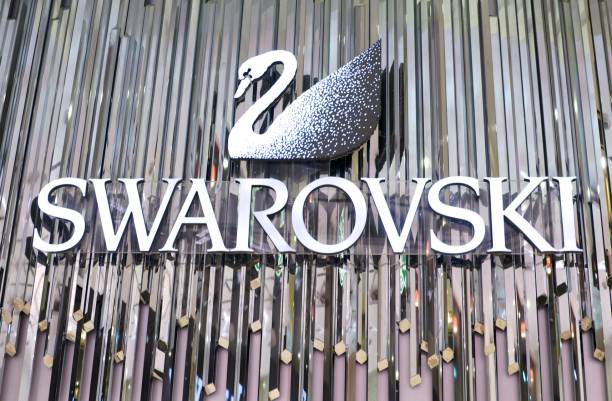
Statement Making
This era was about making a statement – in fashion, in society, and in branding. Jewelry logos were no longer just identifiers; they were conversation starters. They were designed to be noticed, to be bold, and to resonate with a generation that was all about self-expression and standing out.
Marketing and Cultural Influence
The influence of pop culture and the burgeoning world of marketing played a significant role in logo evolution during this time. Brands began to recognize the power of a logo in not just representing the brand but also in embedding it in the cultural fabric. Logos started to take on a life of their own, becoming iconic symbols that were recognizable far beyond the confines of the jewelry industry.
A Shift in Consumer Engagement
These decades also saw a shift in how consumers engaged with brands. The bold and vibrant logos were a response to a growing desire for brands that not only offered luxury but also resonated with personal style and individuality. The logos of this era reflected this change, embracing a more approachable and relatable form of luxury.
In summary, the bold and vibrant era of the 70s and 80s brought about a significant transformation in fashion jewelry logos. These logos became bolder, more colorful, and more expressive, reflecting a shift towards self-expression, cultural influence, and a new form of consumer engagement in the world of luxury branding.
Digital Age Revolution
As we moved into the late 1990s and early 2000s, the advent of the digital age brought a revolutionary shift in fashion jewelry branding. This era witnessed a transformation in logo design, influenced heavily by the rise of digital media and evolving consumer behaviors.
Simplification for the Digital Era
In the digital age, brands like Pandora and Thomas Sabo began to streamline their logos, favoring simplicity and versatility. These logos were designed to be easily recognizable across various digital platforms, from websites to social media. The shift was towards creating logos that were not only visually appealing but also highly functional in the digital realm.

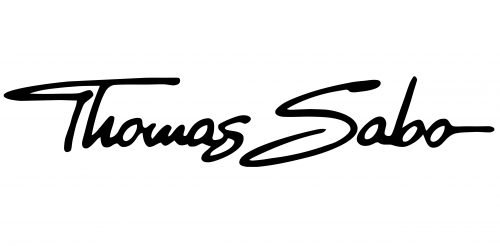
Versatility and Scalability
The digital revolution demanded logos that could adapt to different formats and sizes without losing their essence. For instance, Pandora's logo, with its clean lines and uncluttered design, exemplified this need for scalability. It was easily identifiable, whether on a tiny mobile screen or a large billboard.
Brand Identity in the Online World
The digital era also emphasized the importance of a strong online brand identity. Logos became key in establishing a brand's presence in the virtual marketplace. A well-designed logo could enhance brand recognition and foster a sense of trust and familiarity among online consumers.
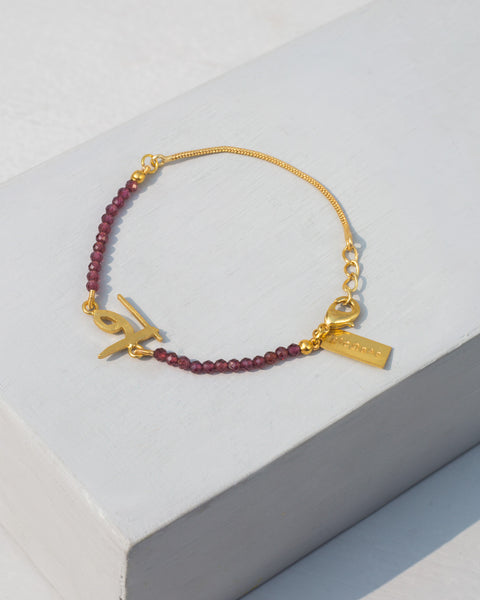
Integration of Technological Elements
Some brands incorporated elements that reflected the technological nature of the era. Subtle gradients, sleek lines, and modern typography became common features in logos. This stylistic evolution was a nod to the digital tools and software that were starting to play a significant role in both design and consumer interaction.
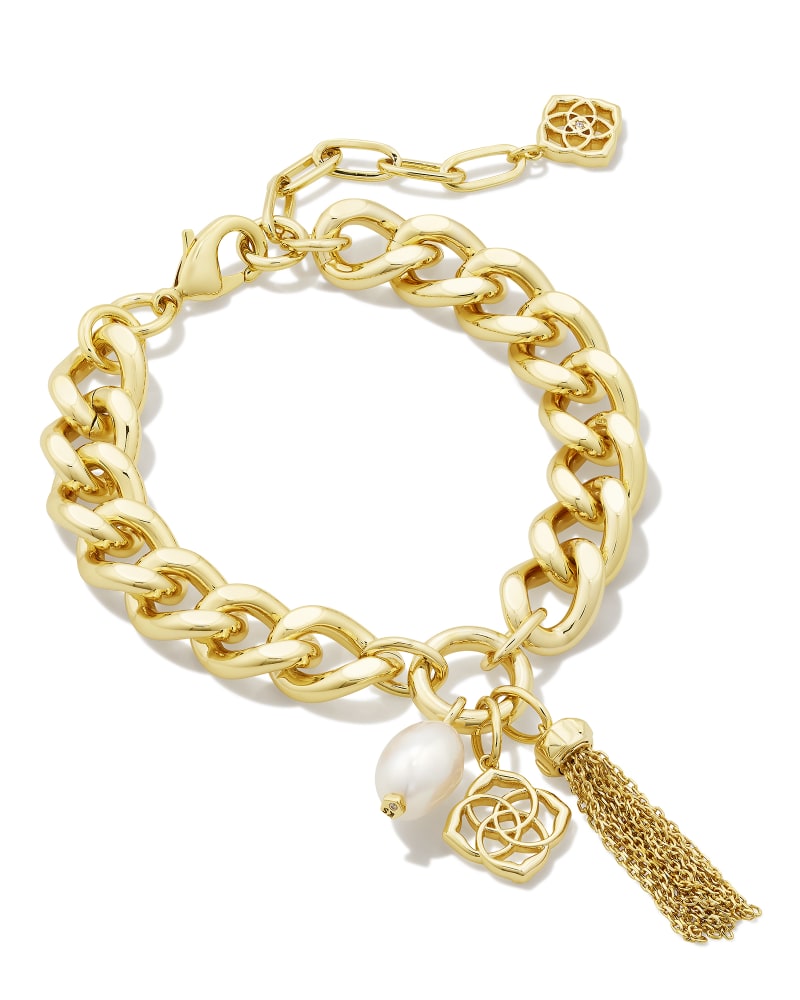
Engaging the Tech-Savvy Consumer
The new generation of consumers was tech-savvy and had different expectations from brands. They sought engagement, interactivity, and a seamless online experience. Logos in this era were not just static symbols; they were part of a dynamic brand narrative that unfolded across multiple digital touch points.
In summary, the digital age revolution in fashion jewelry branding marked a shift towards simpler, more versatile logos that catered to the demands of digital media and the evolving preferences of a tech-savvy consumer base. This era redefined logo design, embedding it deeply into the fabric of digital brand identity and consumer engagement.
Transition from Traditional to Contemporary Branding Strategies
Modern Minimalism and Symbolism
In the recent years, the fashion jewelry industry has embraced a new ethos in branding, pivoting towards modern minimalism and rich symbolism. This shift reflects a broader trend in consumer preferences and societal values, as brands adapt to a world that appreciates subtlety and depth in design.
The Essence of Modern Minimalism
Contemporary jewelry brands like Alex and Ani, Kendra Scott, and Gorjana have led the way in adopting minimalist logo designs. These logos are characterized by clean lines, uncluttered aesthetics, and a focus on typography. The minimalist approach is not just a design choice but a reflection of a modern philosophy that 'less is more.' This simplicity in design allows the logos to convey elegance and sophistication, while being adaptable across various platforms and marketing materials.

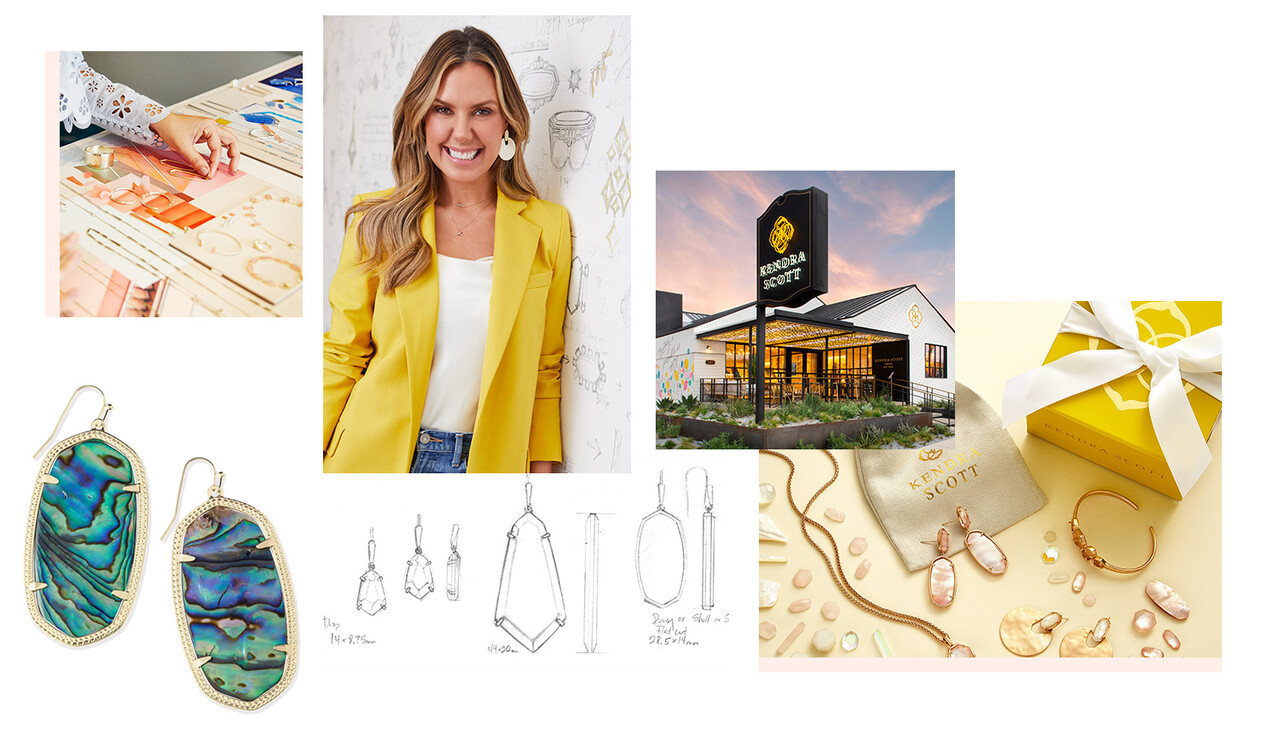
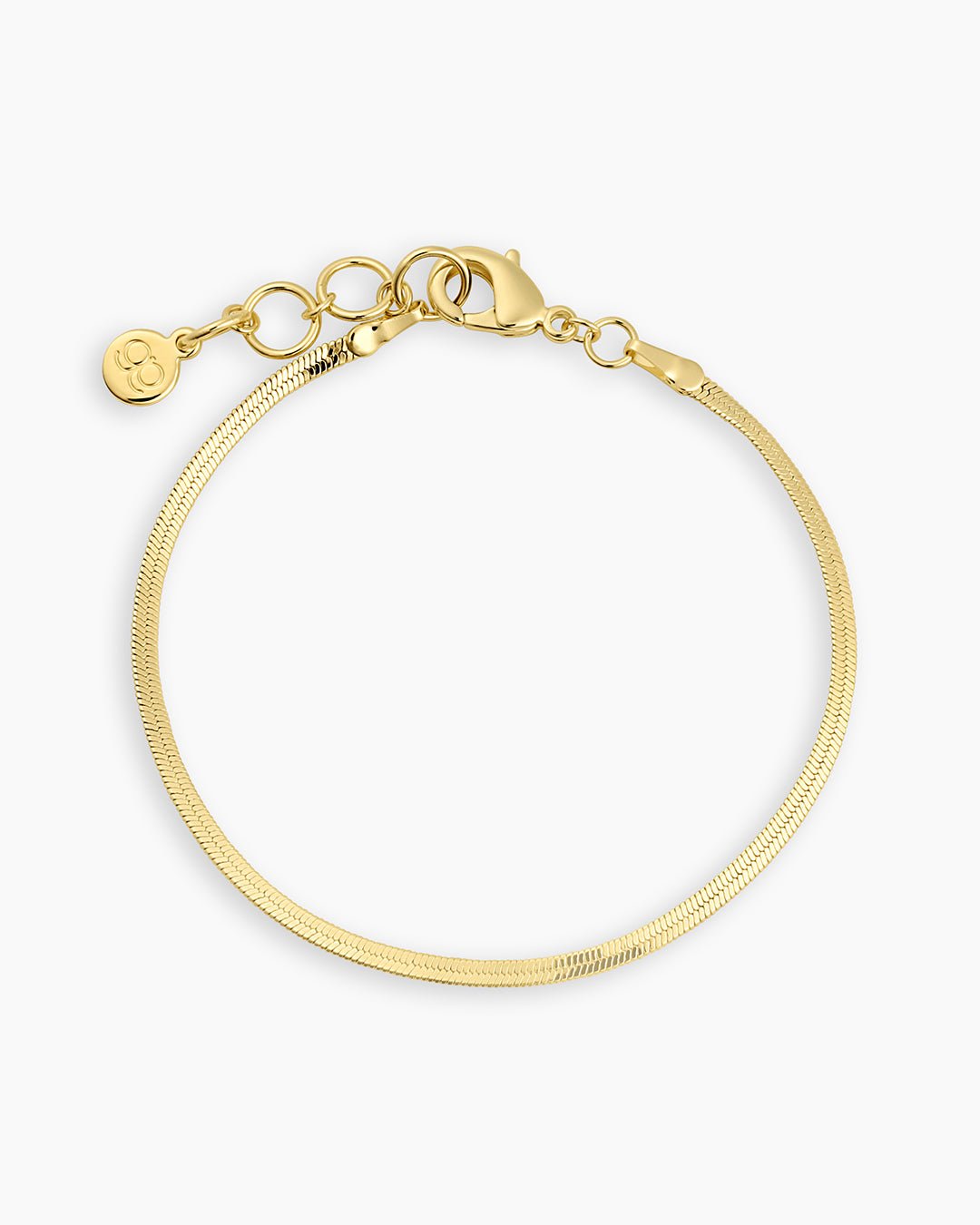
Symbolism as a Storyteller
Alongside minimalism, there's a growing emphasis on incorporating symbolism into logo designs. Modern consumers seek a connection with brands that goes beyond the surface level. Logos now often carry deeper meanings, whether it's a symbol of empowerment, sustainability, or heritage. For instance, Alex and Ani's logo includes a subtle nod to spiritual symbols, resonating with a consumer base that values personal growth and mindfulness.
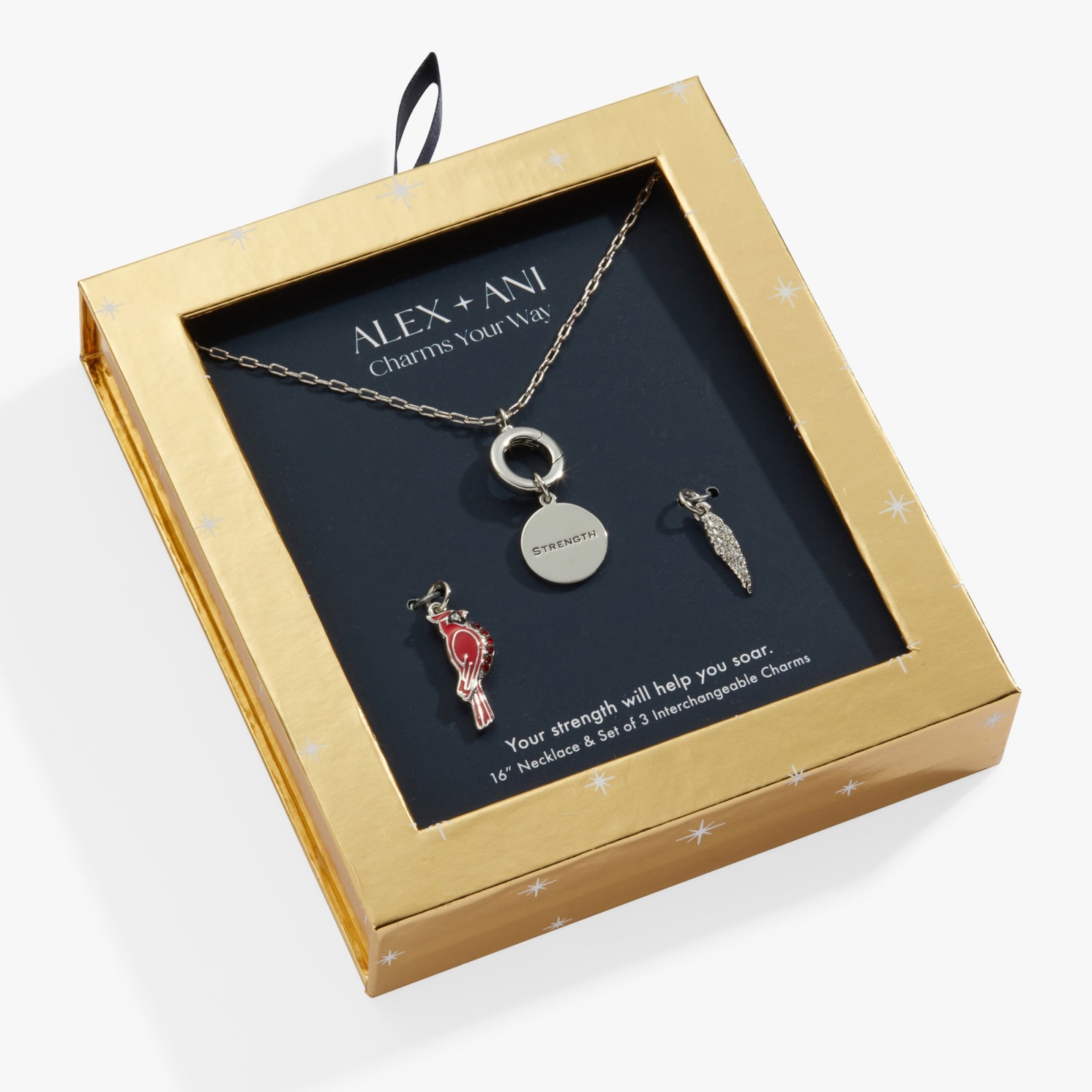
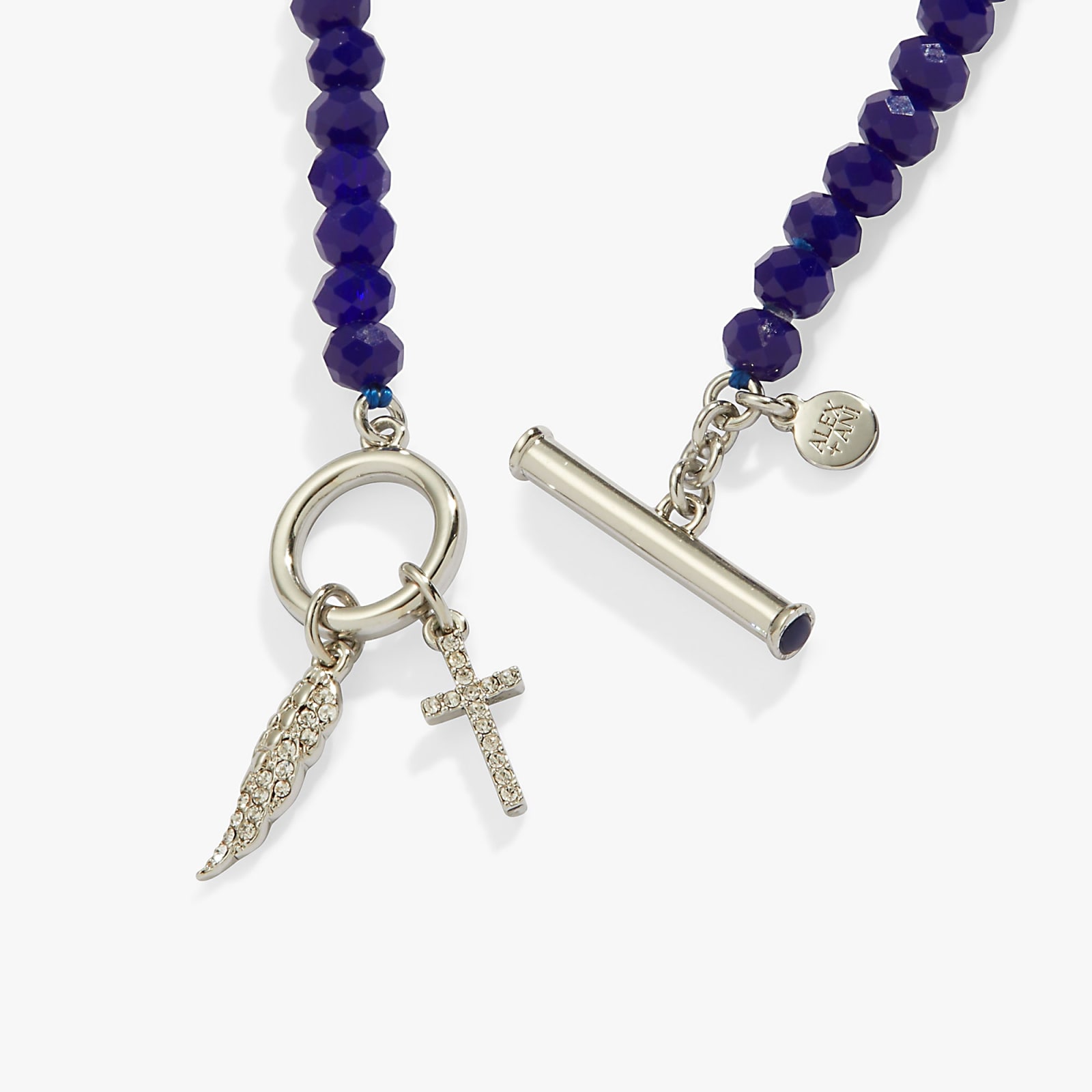
Balancing Tradition with Modernity
This era's logos strike a delicate balance between honoring traditional craftsmanship and embracing contemporary aesthetics. The logos are designed to resonate with a diverse and global audience while retaining a sense of exclusivity and luxury. This duality is evident in the way logos blend classic elements with modern design principles, creating a timeless appeal.
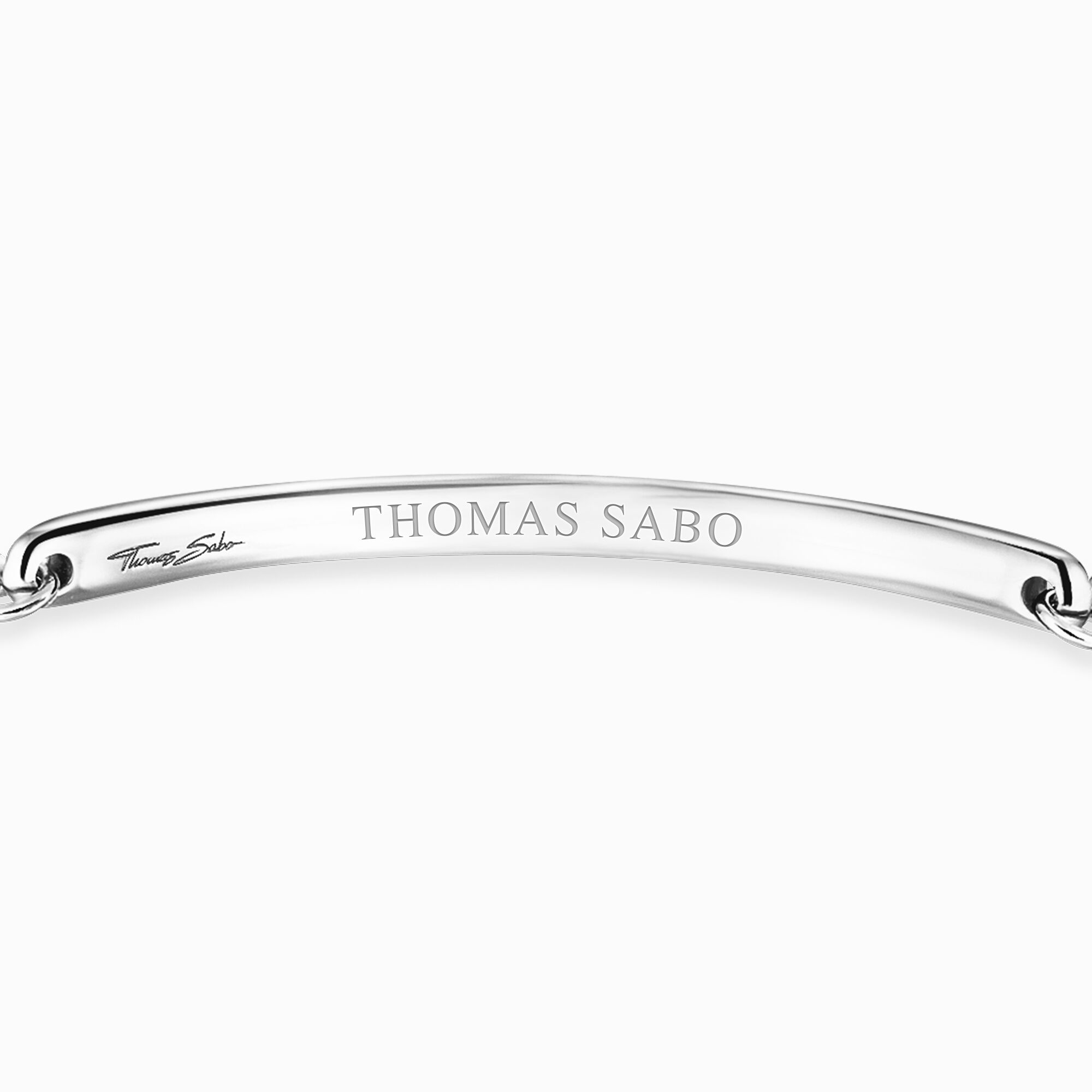
Reflecting Contemporary Values
Today's jewelry logos are not just about branding; they are about embodying the values and aspirations of the modern consumer. They represent sustainability, inclusivity, and ethical practices. Brands are increasingly aware that their logos must speak to a consumer who is more informed, socially conscious, and values-driven.
A Gateway to Brand Experience
In the current branding landscape, a logo is often the first point of interaction between the brand and the consumer. It's no longer just a visual identifier; it's an invitation to experience the brand's world. The minimalist and symbolic logos of today are crafted to spark curiosity and engagement, leading the consumer into a deeper exploration of what the brand stands for.
In summary, the transition from traditional to contemporary branding strategies in the fashion jewelry industry is marked by a shift towards modern minimalism and symbolism in logos. These logos reflect the evolving consumer psyche, balancing aesthetic appeal with meaningful storytelling and a representation of contemporary values.
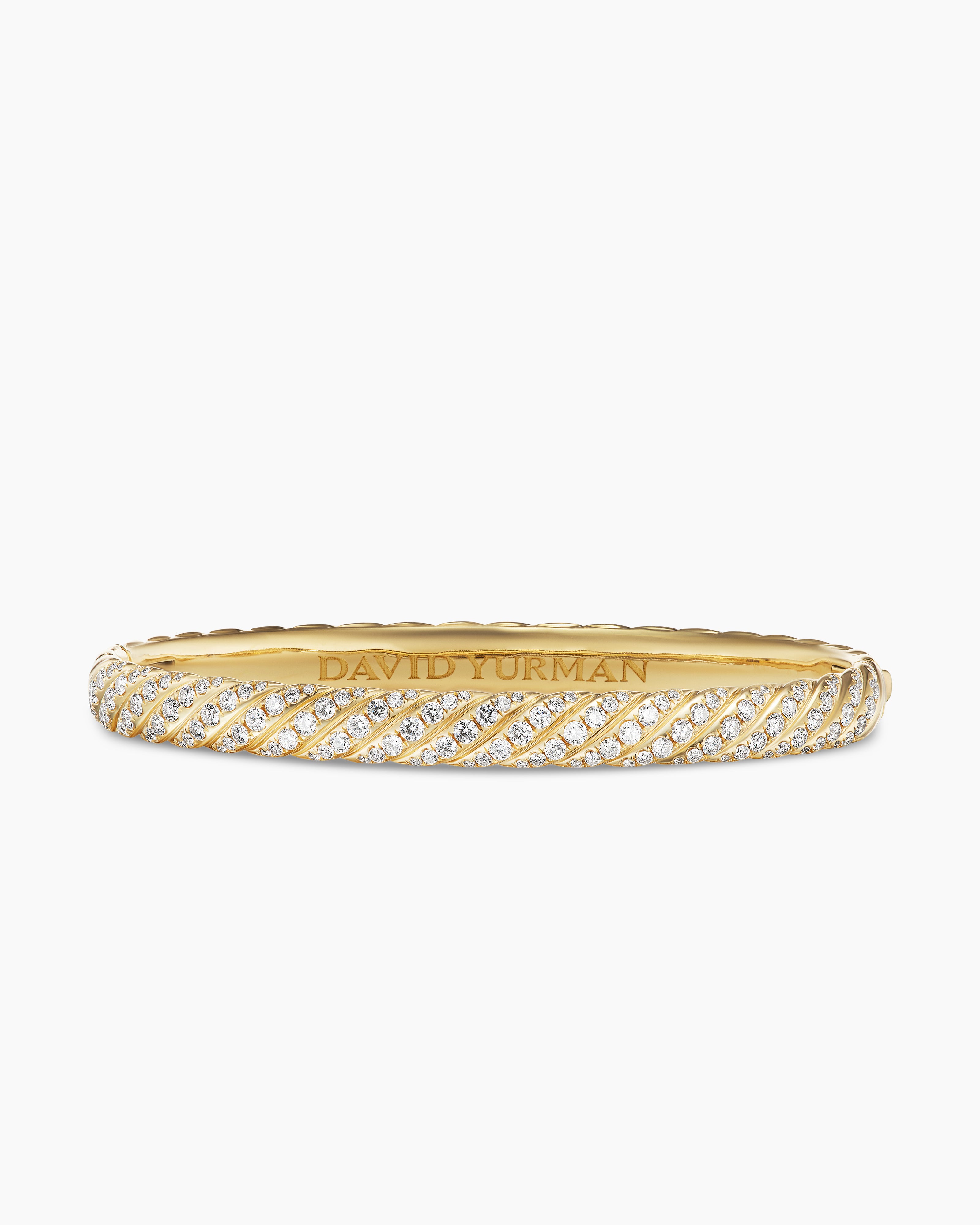
Sustainability and Ethical Branding
In recent years, the narrative of fashion jewelry branding has increasingly intertwined with themes of sustainability and ethical practices. This shift is a response to a growing global consciousness about the impact of consumer choices on the environment and society. Jewelry brands are now reimagining their logos to reflect this commitment to ethical and sustainable practices.
Integrating Sustainability into Brand Identity
Modern jewelry brands are not just adopting sustainable practices in their production; they are also ensuring that their logos symbolize this commitment. For instance, brands might incorporate elements like leaves, the earth, or water into their logos, symbolizing a connection with nature and a commitment to its preservation. This integration helps communicate the brand’s dedication to environmental stewardship and responsible sourcing.

Ethical Branding as a Core Value
Ethical branding goes beyond just sustainable materials and processes; it also encompasses fair labor practices, community engagement, and transparency. Jewelry brands are increasingly using their logos as a badge of honor, showcasing their ethical credentials. This shift is seen in logos that are designed to be more than just visually appealing; they are a testament to the brand’s moral and ethical principles.
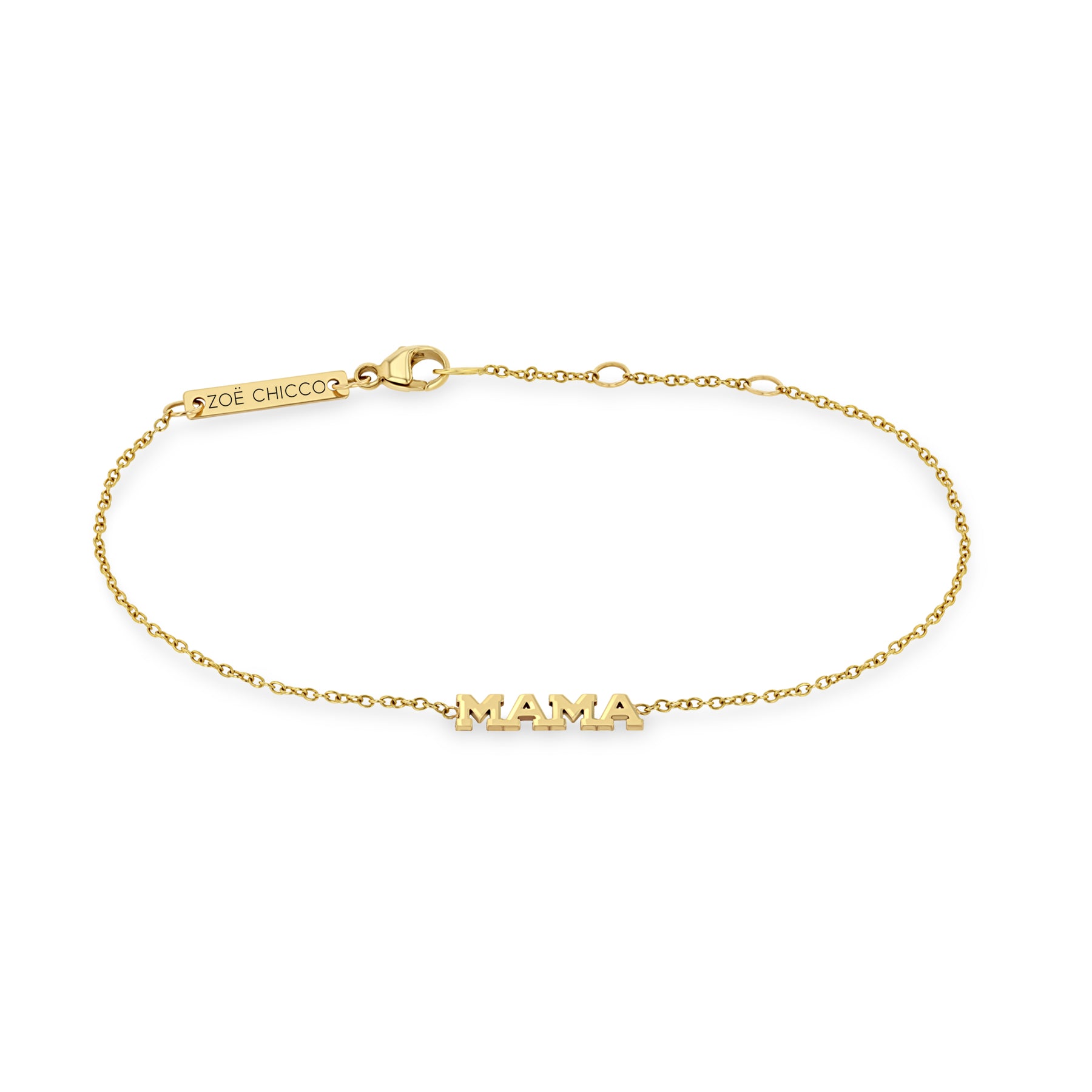
Communicating Transparency and Trust
In an era where consumers are more informed and concerned about the origins of their purchases, logos serve as a promise of transparency and trust. A logo that embodies ethical branding assures the consumer of the brand’s integrity and commitment to fair practices. It's a symbol of trust in a world where consumers are increasingly looking to align their purchases with their values.
Adapting to Consumer Expectations
The inclusion of sustainability and ethics in branding strategies is also a reflection of changing consumer expectations. Modern consumers are looking for brands that not only provide quality products but also contribute positively to the world. The evolution of logos to include these themes is an acknowledgment of this shift in consumer mentality.
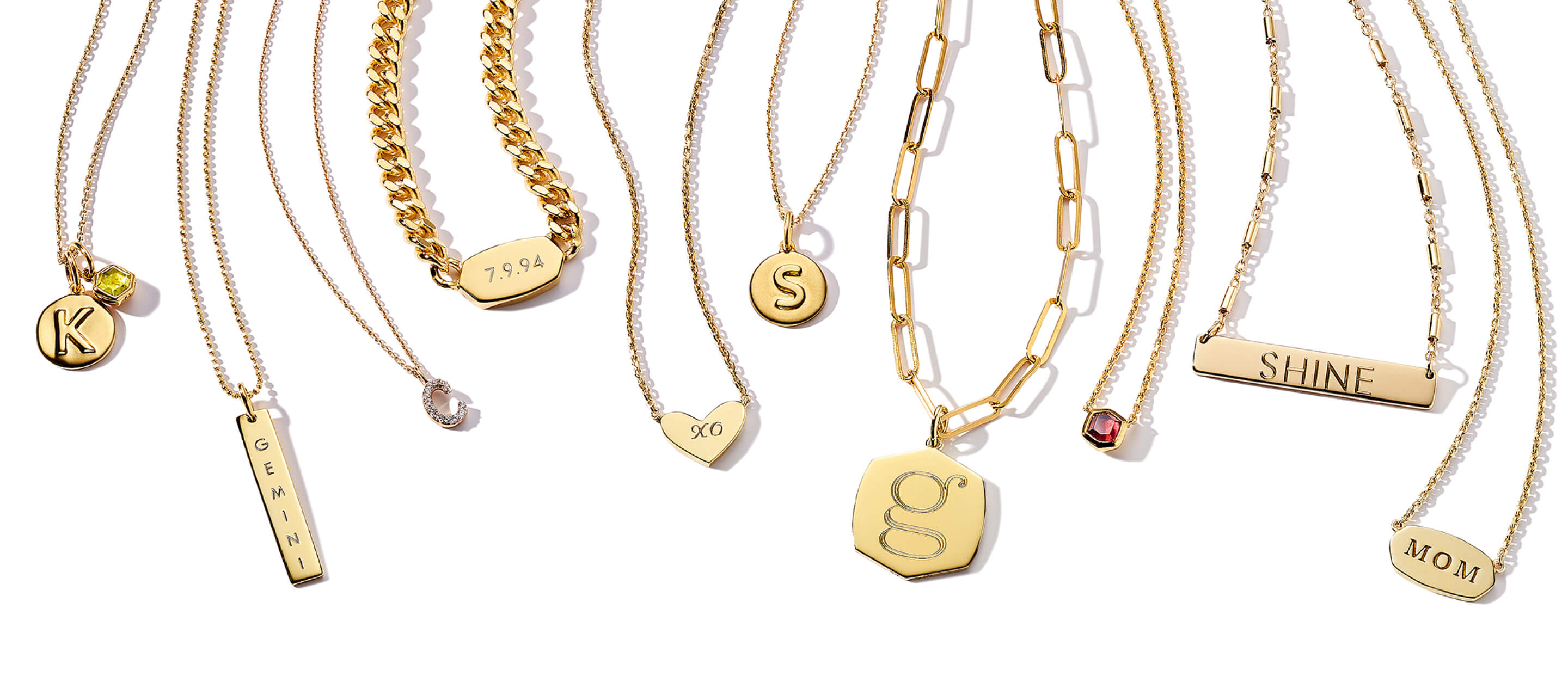
A Broader Impact
The emphasis on sustainability and ethical branding in logos is not just a trend; it's part of a broader movement in the business world. It reflects an understanding that businesses have a role to play in addressing global challenges. Through their logos and branding, jewelry brands are joining this movement, using their influence to promote positive change.

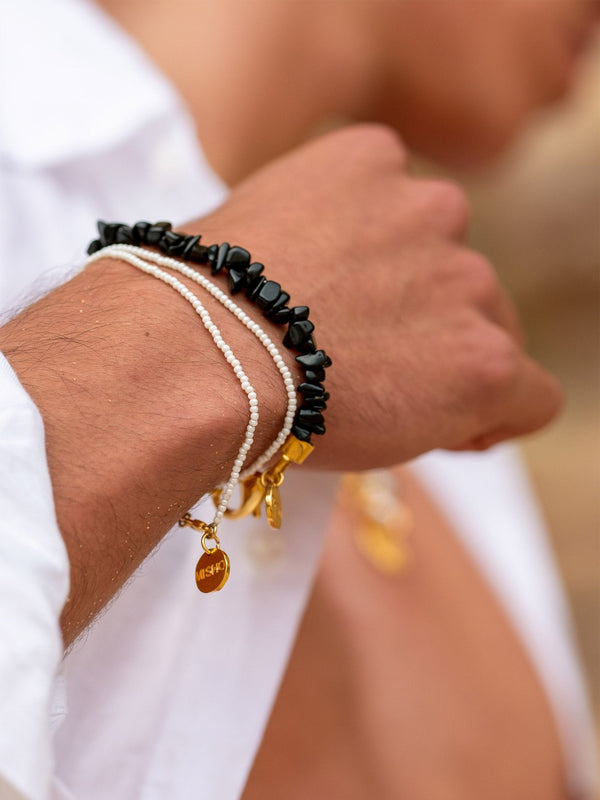
In summary, the incorporation of sustainability and ethical practices into fashion jewelry branding represents a significant shift in the industry. Logos are evolving to become symbols of a brand’s commitment to not just aesthetics and luxury, but also to responsible and ethical business practices. This evolution is a response to changing global dynamics and consumer expectations, marking a new era in the jewelry industry’s branding strategies.
Technology and Innovation
The integration of technology and innovation in fashion jewelry branding has become increasingly prominent, reflecting a shift towards digitalization and futuristic design. This transition is evident in how jewelry brands are adopting new technologies not only in their production processes but also in their branding and logo designs.
Embracing Digital Aesthetics
Modern jewelry brands are increasingly incorporating digital aesthetics into their logos, reflecting the technological era we live in. These logos often feature sleek, futuristic fonts and design elements that suggest innovation and forward-thinking.
-
Swarovski: Known for its crystal innovations, Swarovski’s logo has evolved to reflect its blend of traditional craftsmanship and technological advancement. The swan symbol is sleek and modern, symbolizing both the elegance of their products and their commitment to innovation in crystal cutting technology.

-
Boucheron: Boucheron, a high-end jewelry brand, has embraced a logo design that reflects both its rich heritage and its embrace of technological advancements. The logo’s clarity and precision mirror the brand's innovative use of 3D printing and other cutting-edge technologies in jewelry design.

Digital and Interactive Branding
The use of technology in branding extends beyond logo design to how these brands interact with their audience. Augmented reality, virtual try-ons, and interactive websites are becoming part of the branding strategy, offering an immersive experience that aligns with the technological ethos of the brand.

In summary, the incorporation of technology and innovation into contemporary jewelry branding is reshaping how brands present themselves. Logos are evolving to not just represent the brand, but also to symbolize their technological advancements and commitment to future-forward design and customer engagement. This shift marks a new era in the jewelry industry, where technology becomes an integral part of the brand's identity and consumer experience.

